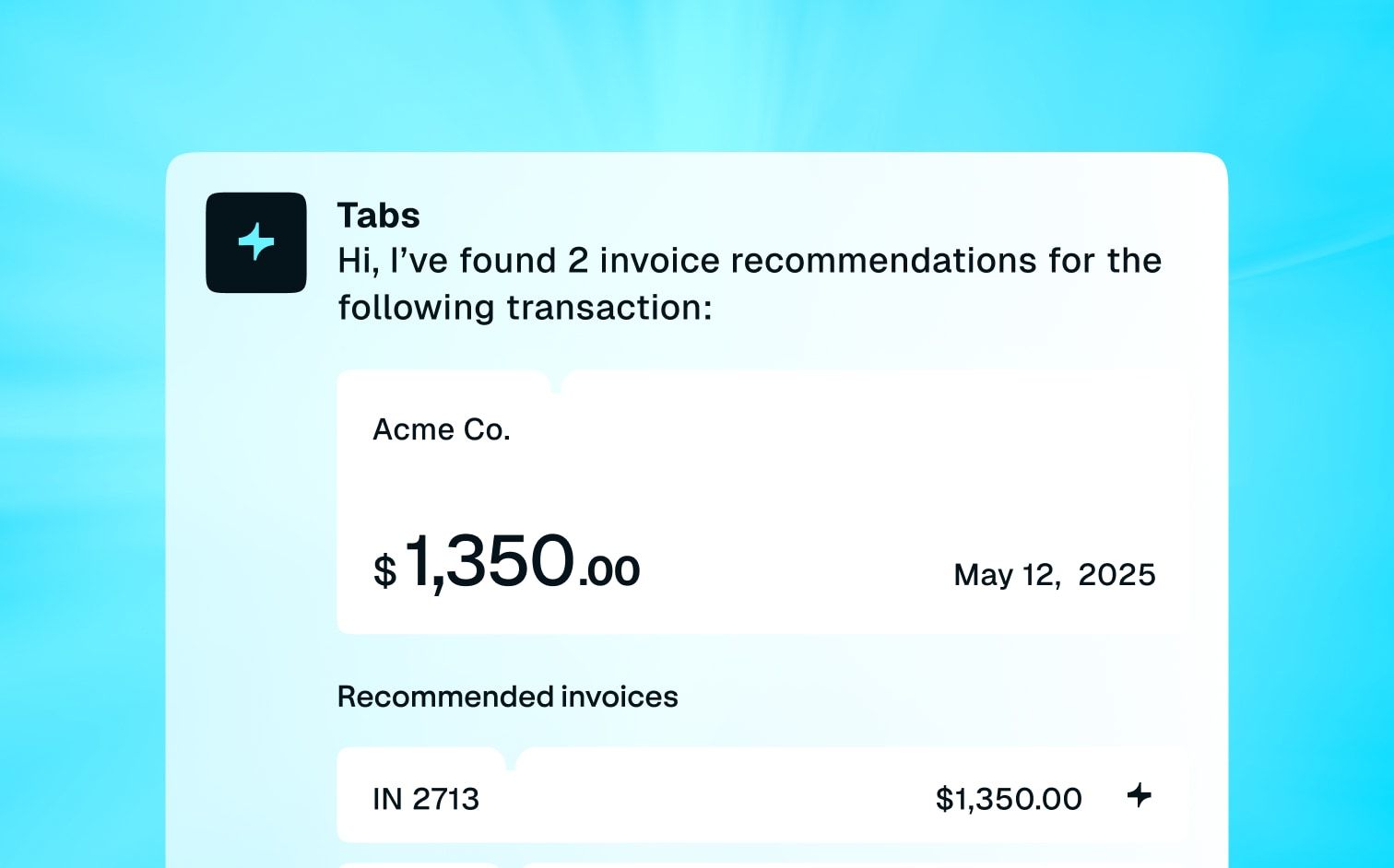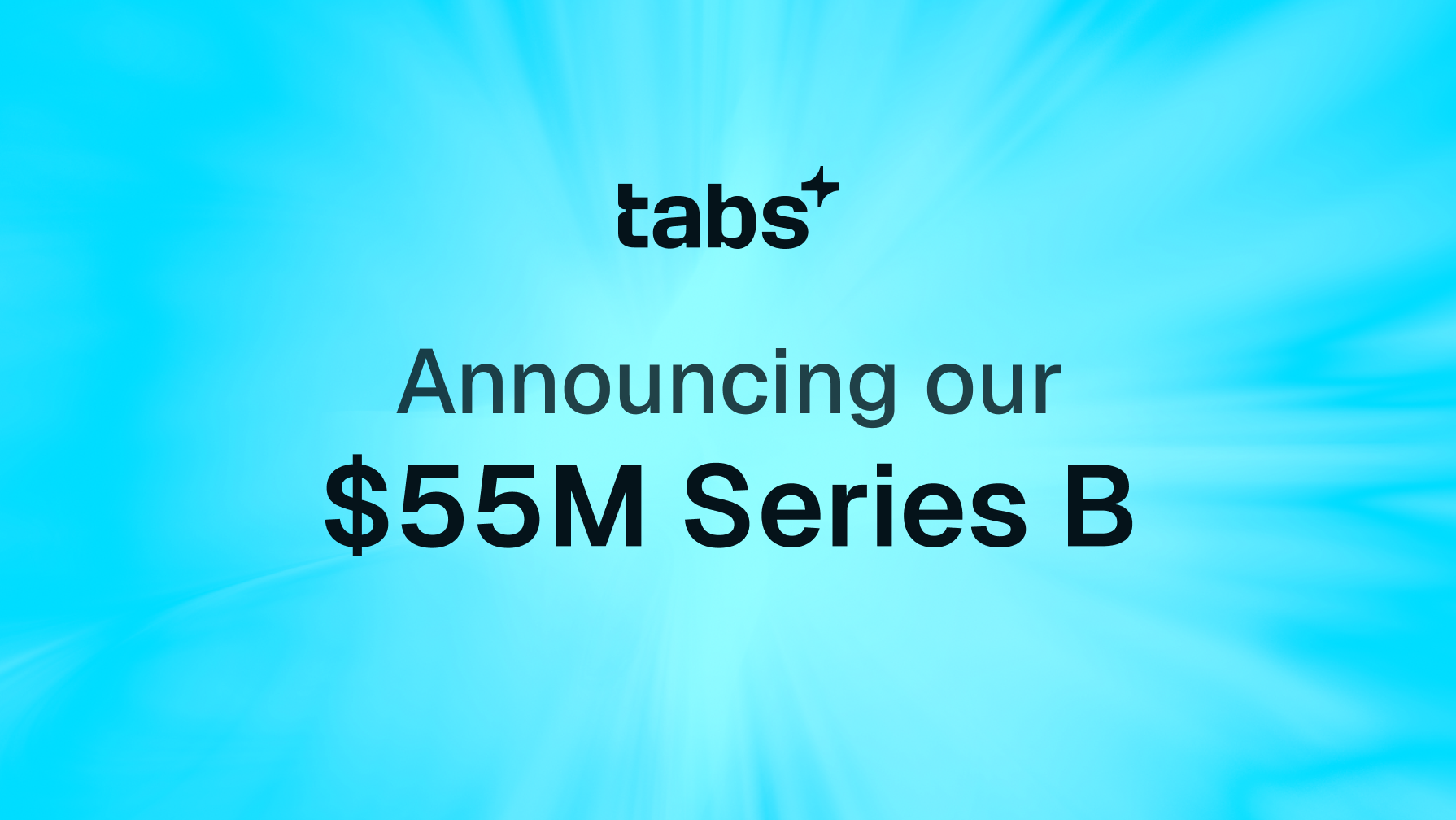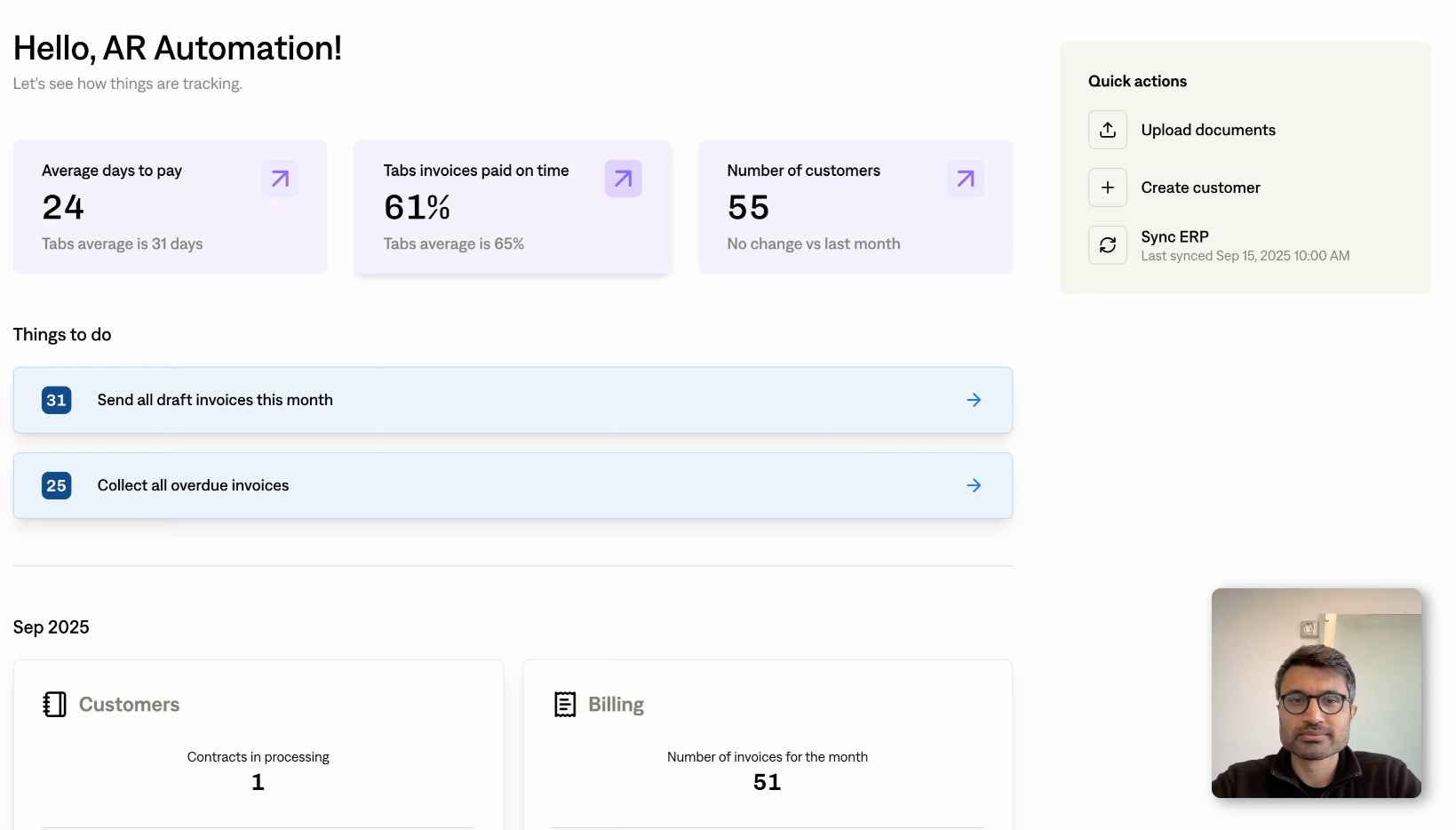You’ve poured your heart and soul into developing a killer SaaS product, but now comes the crucial question: how much should you charge? Pricing is a critical element of your overall business strategy, and getting it right can significantly impact your success.
This guide will provide a clear understanding of competitive pricing. We'll explore the key factors that influence pricing decisions, including market demand, competitor analysis, cost considerations, and customer feedback.
Key Takeaways
- Competitive pricing requires ongoing research: Don't just look at competitor prices; understand your target market and your software's unique value. This helps justify your price point, even if it's higher.
- Balance competitive pricing with profit: Attracting customers is key, but ensure your pricing sustains your business. Regularly monitor your metrics and adjust as needed to maintain a healthy profit margin.
- Regularly review and adjust your strategy: Pricing isn't static. Continuously gather customer feedback, watch competitor changes, and adapt to market shifts. Use data to refine your approach and meet customer expectations.
What is Competitive Pricing?
Competitive pricing is a pricing strategy where you set your prices based on what your competitors are charging. It's also known as competitor-based pricing, and it's used across industries, both online and offline. This approach is all about understanding the competitive landscape and positioning your product or service accordingly.
Defining Competitive Pricing
At its core, competitive pricing involves researching your competitors' prices and using that data as a benchmark for your own. This doesn't mean matching your competitors dollar for dollar. You can choose to price your offerings below, at, or even above competitor prices, depending on your overall business strategy and the perceived value you offer. It's a dynamic strategy that requires ongoing monitoring and adjustments.
How Competitive Pricing Works
Competitive pricing typically comes into play after a product has been on the market for a while and several similar options are available. Think about streaming services—they often adjust their subscription fees based on what competitors are charging. Businesses consider several factors when setting competitive prices: the perceived value of their product, competitor prices, and their own market dominance.
For example, if larger companies are already selling at low prices, a smaller company might focus on a niche market and charge a premium for specialized products or services. This allows them to compete effectively without sacrificing profitability.
Why Competitive Pricing Matters
Competitive pricing helps you understand your market position and see how price changes affect your bottom line. It also allows you to track your progress and adapt to market dynamics. By strategically setting prices, you can attract new customers with lower prices or potentially boost profits by selling more at slightly lower prices.
However, it's not just about the price tag. Your marketing and branding play a significant role in how customers perceive value. You need to carefully consider your costs and profit margins when choosing a competitive pricing strategy.
Set Competitive Prices
Setting the right price for your SaaS product is a balancing act. You need a price that attracts customers and sustains your business. Let's explore a few ways to approach it.
Low-Price vs. High-Price Strategies
With competitive pricing, you can position your product in a few different ways. A low-price strategy undercuts competitors, making your product the most affordable option. This can be incredibly effective for attracting price-sensitive customers and grabbing market share. However, it requires tight cost control and high sales volume to maintain profitability.
A high-price strategy, on the other hand, positions your product as premium, emphasizing quality and exclusive features. This attracts customers willing to pay more for perceived value. Think of it like choosing between a budget-friendly airline and one known for its luxurious experience—both have their place in the market.
Matched, Penetration, and Promotional Pricing
Beyond simply high or low, there are more nuanced competitive pricing strategies. Matched pricing means setting your prices at or very close to your competitors'. This "me too" approach avoids price wars and keeps things simple, but it can also make it harder to stand out.
Penetration pricing is a powerful strategy for new businesses. You start with a low price to quickly gain market share, then gradually increase it as you establish your customer base. Think of it as a special introductory offer that evolves over time.
Finally, promotional pricing uses temporary discounts and deals to create buzz and drive sales. This can be effective for clearing out inventory, launching new features, or capitalizing on seasonal trends.
Bundle Pricing and Value-Based Pricing
Bundling and value-based pricing are two other effective strategies. Bundle pricing combines multiple products or services into a single package at a discounted price. This encourages customers to purchase more and can increase your average deal size.
Value-based pricing, on the other hand, focuses on the perceived value your product offers to customers. This requires a deep understanding of your target audience and their needs. Gathering customer feedback is essential for understanding what features they truly value and how much they're willing to pay for them. By aligning your pricing with customer perceptions of value, you can justify higher prices and build stronger customer relationships.
Factors that Influence Competitive Pricing
Several factors influence competitive pricing. Understanding these elements will help you make informed decisions about your SaaS pricing strategy.
Analyze Market Demand and Competitors
Competitive pricing relies heavily on understanding your competition. New businesses, especially, can use competitor pricing data to determine their starting point. Research similar products and analyze their pricing models. This competitive analysis helps you understand the current market landscape and identify opportunities to differentiate your offerings.
For example, if your competitors offer similar features at a lower price, you might need to adjust your pricing or highlight unique value propositions to justify a premium.
Consider Costs and Profitability
While competitor pricing is important, don't neglect your own costs and profitability goals. Factor in all your expenses, including development, marketing, and operational costs. Finding a balance between competitive pricing and profitability is crucial. You need a pricing model that attracts customers while ensuring your business remains sustainable.
Consider using automated invoicing software to track costs and manage invoices efficiently, giving you a clearer picture of your profitability. This, in turn, informs smarter pricing decisions.
Use Customer Feedback and Perceived Value
Customer feedback is invaluable for pricing success. Even if market research suggests your pricing is competitive, customer perception is key. If customers find your product too expensive, you may need to adjust your pricing or improve your product's perceived value. Gather feedback through surveys, interviews, or social media to understand how customers perceive your product's value relative to its price.
This feedback loop helps you refine your pricing strategy and ensure it aligns with customer expectations. For example, clearly communicating the value your product delivers can influence customer perception and justify your chosen price point.
Watch Market Trends and Economic Conditions
External factors like market trends and economic conditions also play a role in competitive pricing. A downturn in the economy might require you to adjust your pricing to remain competitive. Similarly, new technological advancements or shifts in customer preferences could create opportunities for premium pricing. Stay informed about industry trends and economic forecasts to anticipate potential impacts on your pricing strategy.
Robust reporting tools can provide key metrics for finance teams, enabling data-driven decisions about pricing adjustments based on market dynamics. This allows you to proactively adapt your pricing strategy to changing market conditions.
Weigh the Pros and Cons of Competitive Pricing
Competitive pricing is a popular strategy, but it's not a magic bullet. Like any pricing model, it has advantages and disadvantages. Carefully weigh them before deciding if it's the right approach for your SaaS business.
Attract Customers and Grow Market Share
One of the most significant advantages of competitive pricing is its potential to attract customers and grow market share. By setting prices in line with or slightly below competitors, you can make your software more appealing to price-sensitive customers. This can be particularly effective when entering a new market or trying to gain a foothold against established players.
This strategy can be especially useful when coupled with strong marketing and a clear value proposition. For example, offering a competitive price alongside a free trial or freemium version can incentivize potential customers to try your software.
Avoid Price Wars and Protect Profit Margins
While competitive pricing can be a powerful tool for customer acquisition, it also carries the risk of triggering price wars. If competitors retaliate by lowering their prices even further, it can lead to a race to the bottom, eroding profit margins for everyone.
Instead of focusing solely on price, consider highlighting the unique value your software offers. This could include features, integrations, customer support, or overall user experience. Finding the right balance between competitive pricing and profitability is crucial for long-term success. Consider using value-based pricing to justify a higher price point by focusing on the benefits your software provides.
Balance Competitiveness and Brand Value
Competitive pricing isn't just about having the lowest price; it's about finding a price point that attracts customers while maintaining your brand value. If you consistently undercut your competitors, it can send a message that your software is inferior.
Think about your overall pricing strategy. Are you aiming to be the premium option in the market, or are you targeting a more budget-conscious audience? Your pricing should align with your brand positioning and the value you deliver. Clearly communicating the value proposition of your software can help justify a higher price point even in a competitive market.
Influence Customer Behavior and Retention
Customer feedback is essential for successful pricing. Even if market research suggests your pricing is competitive, a mismatch between perceived value and actual price can lead to customer churn. Regularly gathering customer feedback can help you understand how customers perceive the value of your software and whether your pricing aligns with their expectations.
This feedback can also inform your product development roadmap and help you identify areas where you can enhance your offerings to justify a higher price point. Tools like Tabs can help you analyze key metrics and gain insights into your pricing performance, including customer lifetime value and churn rate. This data can help you fine-tune your pricing strategy and optimize for long-term growth.
Implement a Competitive Pricing Strategy
Successfully implementing a competitive pricing strategy takes more than just glancing at your competitors' websites. It requires a deep understanding of your market, consistent monitoring, and the flexibility to adjust as needed. Here’s how to approach it:
Research Your Market
Before setting any prices, thoroughly research your target market. This involves identifying your ideal customer profile and understanding their needs and willingness to pay. Analyze your competitors' pricing models, product features, and target audience.
Competitive pricing relies on understanding how customers perceive value, so identify what makes your software stand out. Is it ease of use, specific integrations, or perhaps superior customer support? Knowing your strengths helps justify your price point, even if it's higher than the competition.
Monitor Prices and Track Competitors
Markets are constantly changing, so regularly monitoring competitor prices is crucial. Track their pricing changes, promotions, and any shifts in their product offerings. Set up a system to collect customer feedback about pricing. This can be through surveys, direct communication with your sales team, or by monitoring social media conversations.
Remember, competitor pricing insights are most effective when combined with real-time customer feedback. This helps you understand not only what your competitors are charging, but why. Use this information to inform strategic decisions, from product development to marketing campaigns.
Review and Adjust Prices
Regularly review and adjust your pricing strategy based on market dynamics and customer feedback. Even if your initial pricing seems competitive, pay attention to how customers react. If they perceive your product as too expensive, you may need to adjust your pricing or highlight the value your software provides. This could involve showcasing features they may have overlooked or offering different pricing tiers to cater to various budgets.
Use Technology for Dynamic Pricing
Consider using technology to implement dynamic pricing. Dynamic pricing allows you to adjust prices in real-time based on factors like demand, competitor pricing, and even individual customer behavior. This approach can be particularly effective for SaaS businesses with subscription models, allowing you to optimize revenue and respond quickly to market changes.
By incorporating customer preferences and using data-driven insights, you can create a pricing strategy that maximizes customer satisfaction and loyalty while driving revenue growth. Tools like Tabs can support any payment type and simplify revenue recognition, making dynamic pricing implementation smoother.
Optimize Your Competitive Pricing
Once you’ve implemented your competitive pricing strategy, the work doesn’t stop there. Regularly optimizing your approach is key to long-term success. Here’s how to refine your strategy and stay ahead of the curve:
Avoid Common Pricing Mistakes
Even if market research suggests your SaaS pricing is competitive, low sales can signal a mismatch between perceived value and actual price. If customers find your product too expensive, you may need to adjust either the price or the product’s value proposition.
Don’t assume you know how customers perceive your product—gather data and confirm. For example, using a price intelligence tool can help you understand how customers perceive your product's value compared to competitors.
Adapt to Different Markets
Pricing isn’t one-size-fits-all. Understand the nuances of different customer segments. A detailed competitive analysis is key for a customer pricing strategy. This involves comparing your prices with those of your competitors and keeping up with market changes.
For example, you might offer tiered pricing plans to cater to startups, small and medium-sized businesses (SMBs), or enterprise-level customers. Each tier should offer features and pricing relevant to that specific market segment. Consider conducting regular competitor analysis to stay informed about market dynamics and adjust your pricing accordingly.
Integrate Customer Feedback
Regularly collect feedback from customers about pricing. This can be done through surveys, direct communication, or social media engagement. Actively solicit feedback rather than waiting for complaints to roll in. Show that you value customer feedback by making adjustments based on their input, where feasible.
This shows you’re listening and builds trust with your customer base. Plus, direct feedback can reveal blind spots in your pricing strategy. Consider using customer feedback tools to gather and analyze pricing feedback effectively.
Measure and Analyze Pricing Impact
Don’t just set prices and forget them. Continuously measure and analyze the impact of your pricing strategy on key metrics like customer acquisition cost (CAC), customer lifetime value (CLTV), and monthly recurring revenue (MRR). Tools like Tabs can help you track and analyze these metrics.
By analyzing customer insights, competitor pricing, and internal goals, you can develop a pricing strategy that meets market expectations and drives profitability and long-term success. Regularly review your financial reports to understand the impact of your pricing strategy on your bottom line.
Related Articles
Frequently Asked Questions
How do I know if competitive pricing is right for my SaaS business?
Competitive pricing works well when you have a clear understanding of your competitors and your target market. It's particularly useful in established markets with similar products. If your product offers unique features or targets a niche audience, a value-based approach might be more suitable. Consider your overall business goals and market position before deciding if competitive pricing is the best fit.
What's the biggest mistake to avoid with competitive pricing?
Focusing solely on price without considering your own costs and the perceived value you offer is a common pitfall. While competitive pricing involves keeping an eye on your competitors, it shouldn't come at the expense of your profitability or brand value. Remember, customers choose products based on value, not just price.
How often should I review my competitive pricing strategy?
Regular review is key. Markets and competitor landscapes are constantly evolving, so aim to review your pricing strategy quarterly, or even monthly in highly dynamic markets. Also, pay close attention to customer feedback and market trends, as these can signal the need for adjustments.
What tools can help me implement and manage competitive pricing?
Spreadsheets can be helpful for basic tracking, but dedicated pricing software or revenue management platforms offer more advanced features like competitor monitoring, dynamic pricing adjustments, and detailed reporting. These tools can streamline the process and provide valuable insights. Look for tools that integrate with your existing CRM and billing systems.
Beyond competitive pricing, what other pricing strategies should I consider for my SaaS product?
Value-based pricing, where you price based on the perceived value to the customer, is a strong alternative. You can also explore tiered pricing, offering different packages at different price points, or usage-based pricing, where customers pay based on their consumption of your service. The best strategy depends on your specific product and target market.





